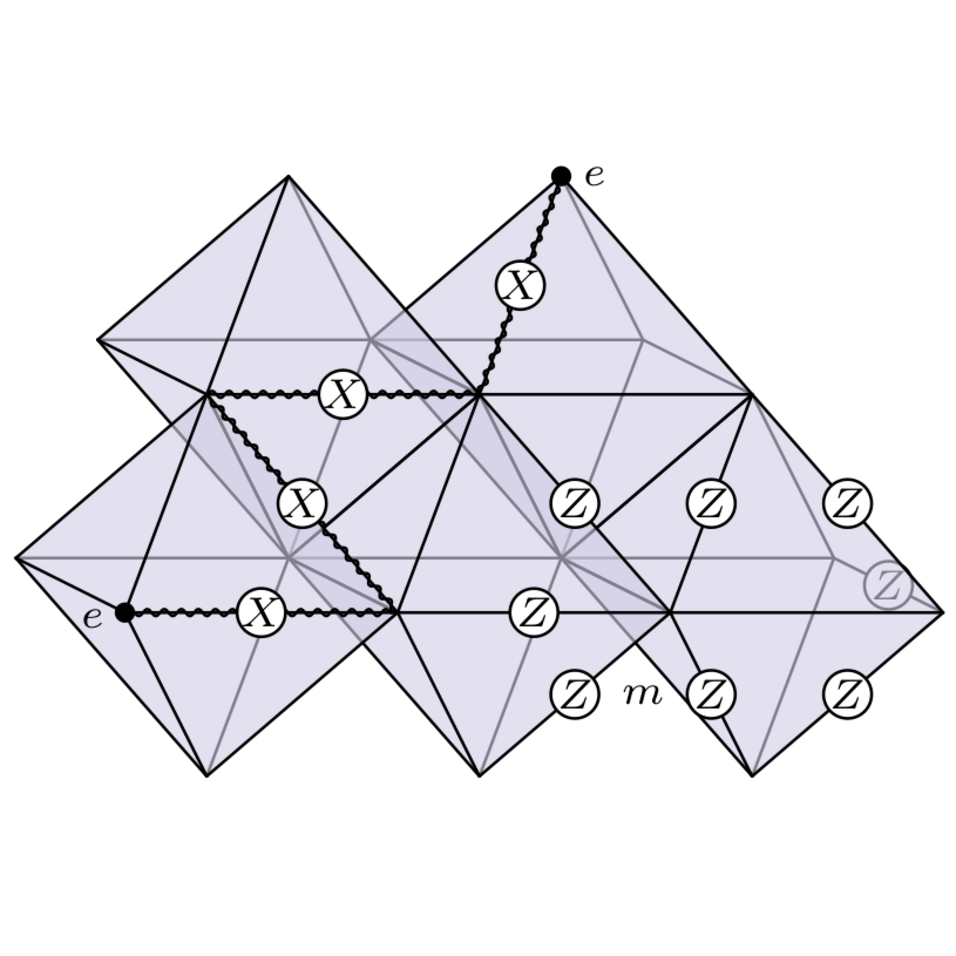In their new paper "On tensor network representations of the (3+1)d toric code", which has just been published in Quantum, Clement Delcamp and our group leader Norbert Schuch address this question for three-dimensional (3D) quantum systems. They use the formalism of tensor networks, which allow to build up complex quantum many-body systems from a simple local tensor.
To tackle this problem, they construct two different tensor network descriptions of the Toric Code model. In two dimensions (2D), the corresponding two representations are equivalent (self-dual), and both possess a global symmetry. This global symmetry then gives rise to a global symmetry at the boundary – and since global symmetries are immediately broken when perturbing the system, the description is therefore fragile under arbitrarily small perturbations, which is of particular concern in numerical simulations.
In contrast, the authors show that for the 3D Toric Code, the two descriptions are fundamentally inequivalent – in one case, the symmetry of the tensor grows to become a global symmetry at the boundary, while in the other case, it gives rise to a boundary with a local (gauge) symmetry. They then set off to perform a detailed analysis of the full range of properties of the topological model in terms of those symmetries, such as ground space, excitations, renormalization, and the way in which topological phase transitions are reflected at the boundary. In particular, it is argued that the different boundary symmetries which are observed in this study – global symmetry vs. local symmetry – fundamentally impact the robustness of the tensor network description to local perturbations: While global symmetries are broken by small perturbations, local symmetries cannot be broken (known as Elitzur's theorem). This points towards a fundamental robustness of the corresponding tensor network description of topological order, which is not present in 2D systems and which could e.g. prove useful to stabilize future numerical simulations of 3D topological models.
For more information, check out the paper: Quantum 5, 604 (2021).
This work has received support through the ERC grant SEQUAM.

